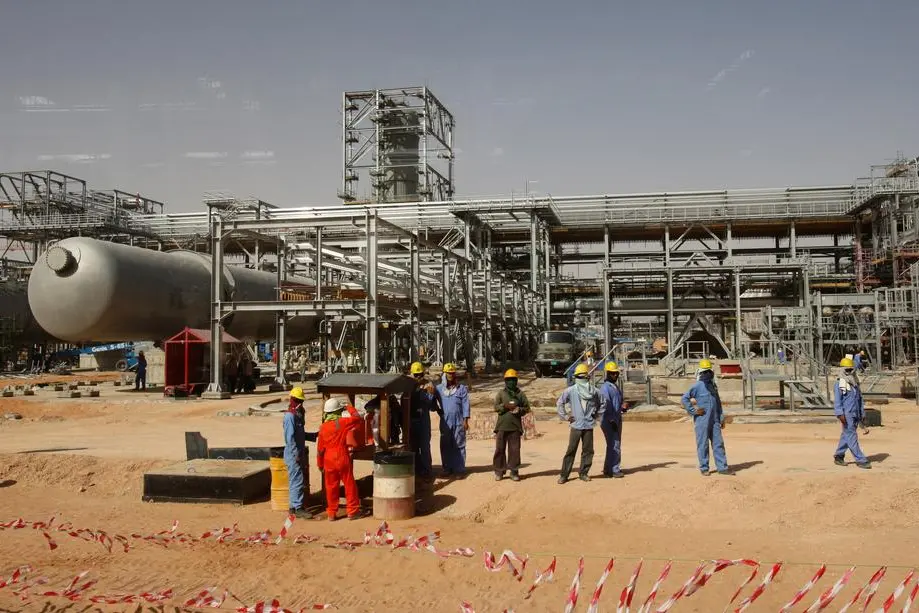PHOTO
Saturday, Dec 03, 2016
For the first time in more than 18 months, there is reason to believe that most of the volatility will be removed from the oil market, following a consensus agreement reached between members of the Organisation of Petroleum Exporting Countries (Opec). Russia too has agreed to go along with the Opec members in capping production at 32.5 million barrels a day — a cut of about 1.2 million.
The agreement, reached in Vienna, will see Saudi Arabia cut its daily production to roughly the 10 million-mark, while Iran is to keep its production at pre-sanctions levels. What is clear is that the deal will remove volatility from pricing and markets reacted positively to the development — the first since Opec effectively ended its quota policies — and oil rebounded solidly to the $52 (Dh191.25) a barrel range. The deal will also rebalance oil markets. In effect, the agreement reduces the daily production level by 1.5 per cent, a small amount, but still significant to bring stabilisation back into pricing.
These past 18 months have seen revenues trimmed to governments that rely on the commodity for accountancy purposes. Through the period of volatility and depressed prices, administrations were required to look at their spending patterns, develop new revenue streams and also look at the introduction of taxes and other revenue generators. The effect was to bring a wider reality into play. With these new plans in place, the boost in oil prices and its effect on revenues will ensure that there’s now a wider platform to build on.
The volatility also removed ineffective shale oil producers from the energy sector. Those that couldn’t trim costs, failed to run effective operations or used outdated and costly production technology, fell by the wayside.
While the markets have broadly accepted the deal in a positive vein, the possibility of oil returning to the $100-plus levels last seen after 2007 — when a high of $127 per barrel was reached — are not realistic. Times have changed, vehicles are greener, more power is being generated from renewable resources and there is a general environment shift both in thinking and in production terms. Those factors combined should see oil at the sub-$60 level until 2020.
It has taken months of on-again, off-again negotiations to reach this Opec production accord. It’s incumbent now on all parties to ensure they fall within the limits. No one wants more volatility now.
Gulf News
Gulf News 2016. All rights reserved.












